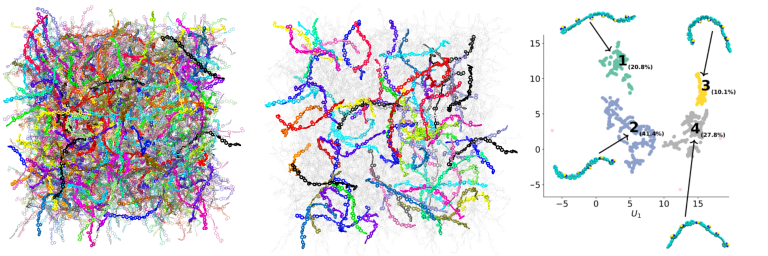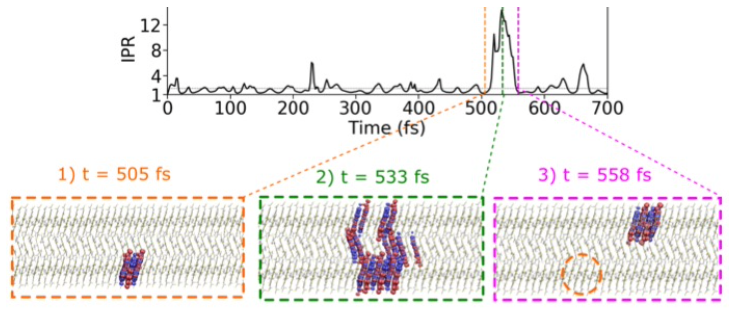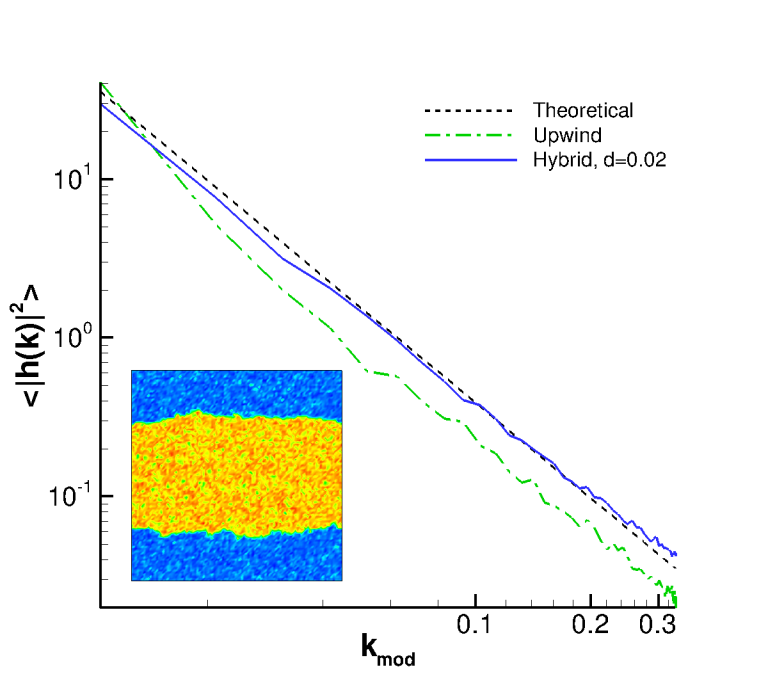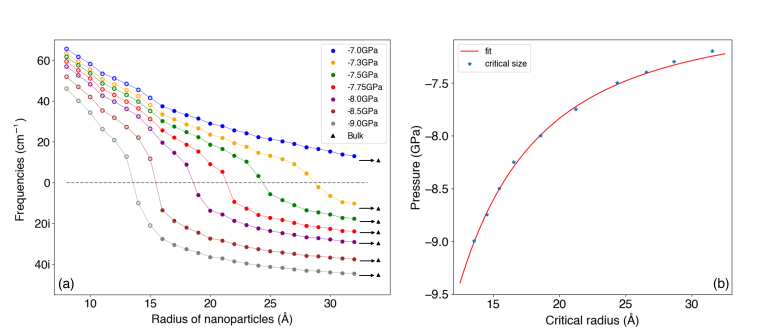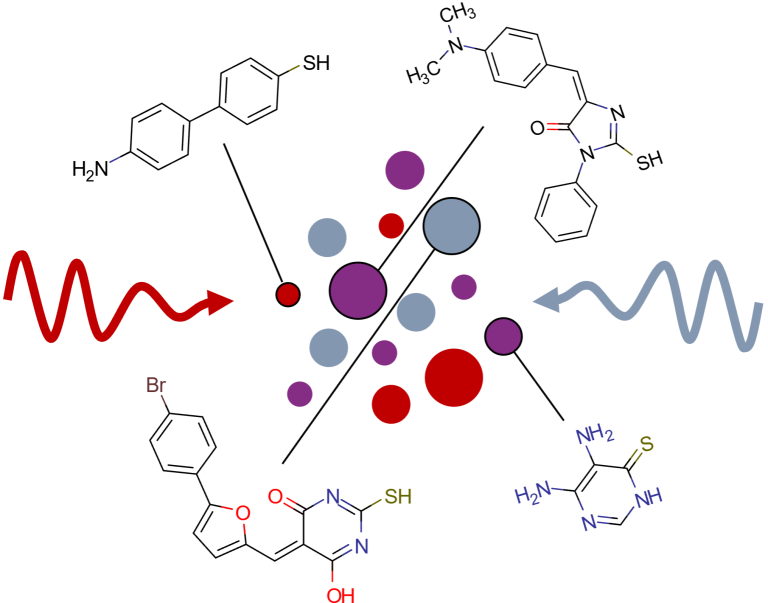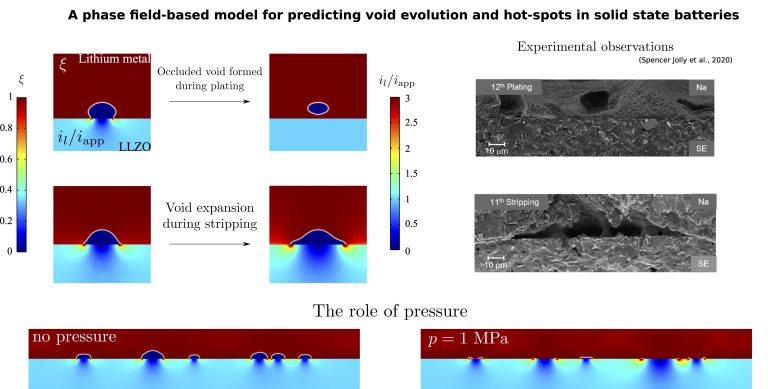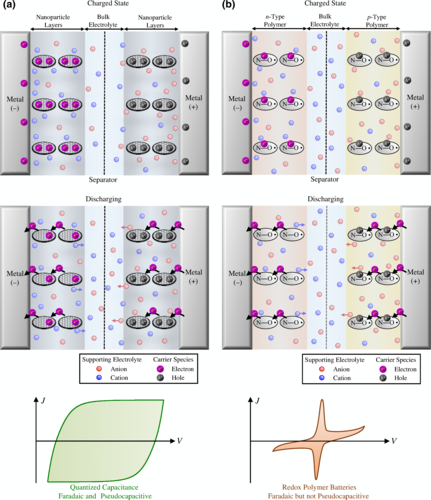Ab initio study of lithium intercalation into a graphite nanoparticle

A paper recently published in Materials Advances presents a workflow and model for simulating Li intercalation in graphite anodes for modelling of battery materials. This is the first workflow that is able to simulate the intercalation and its properties (e.g.…


